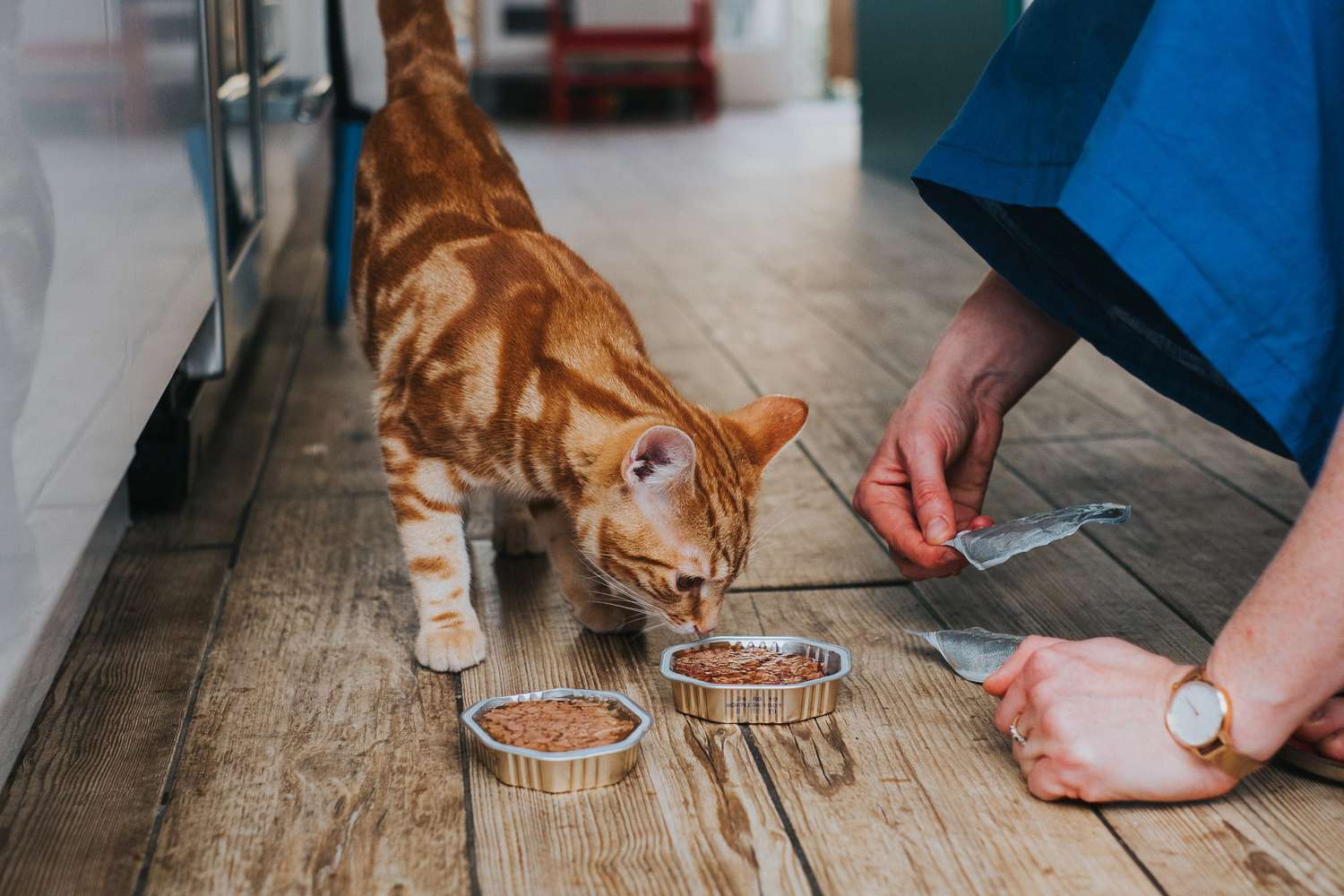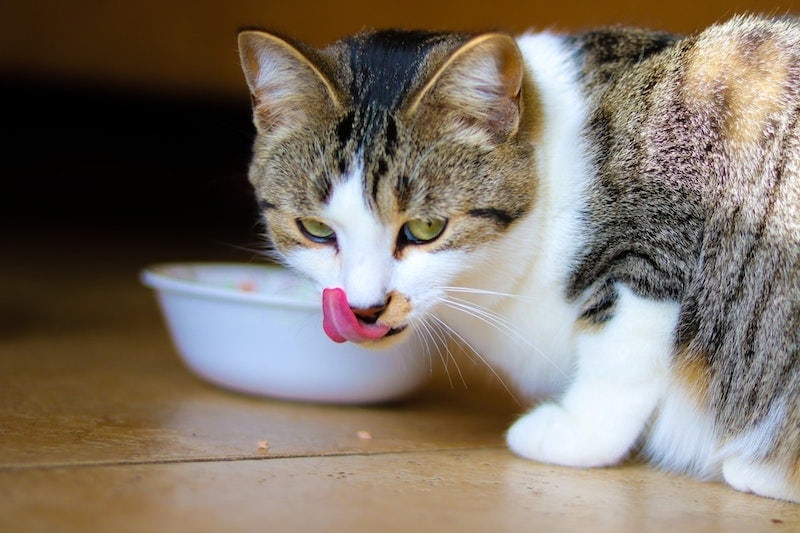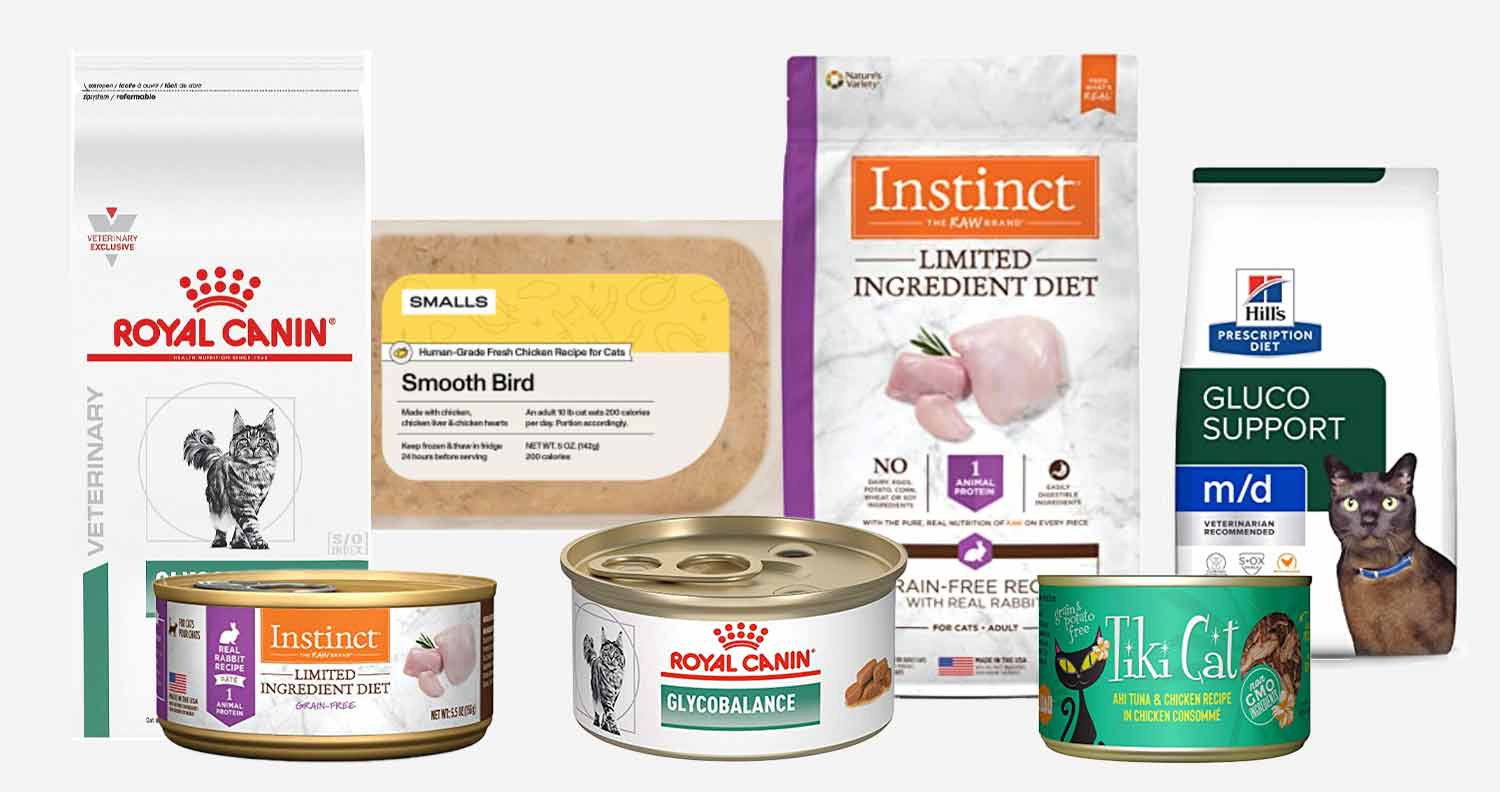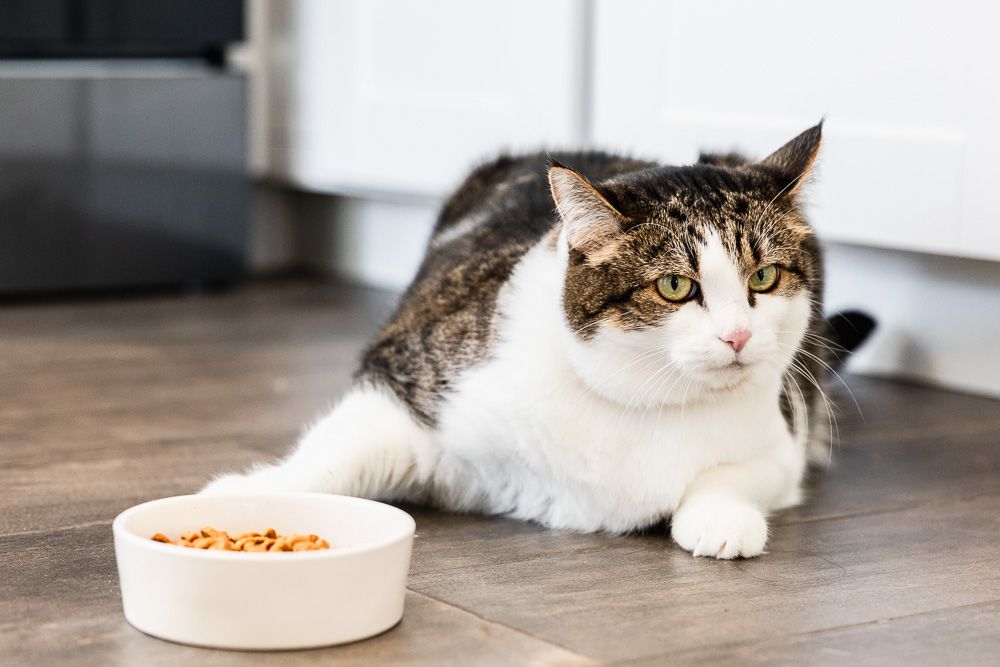

Pet owners can think of feeding their pets at home for various reasons, including how to make food for cat at home. This may include pet food withdrawal, health problems with food allergies, and/or a desire to provide the highest quality food to their furry friends. You may be surprised to learn that veterinarians and veterinary nutritionists advise against this method due to the plethora of recipes and ideas for the best ways to cook for your cat on the internet. The process of nutrient demand and absorption in cats is incredibly complex. It is extremely challenging to create a meal at home that will meet all their nutritional needs and allow proper absorption of those nutrients.

- Protein Source: Choose one or a combination of the following:
- Cooked chicken (skinless and boneless)
- Cooked turkey (skinless and boneless)
- Cooked beef (lean ground)
- Cooked fish (salmon or mackerel, deboned)
- Cooked eggs (hard-boiled or scrambled)
- Carbohydrate Source (optional): Cats are obligate carnivores, so they don’t need a lot of carbohydrates, but you can include a small amount for variety.
- Cooked rice or pasta (in small quantities)
- Fat Source: You can add a small amount of healthy fat sources:
- A teaspoon of olive oil or fish oil
- Vitamins and Minerals: You may need to add supplements to ensure your cat gets all the necessary nutrients. Consult your veterinarian for guidance.
- Water: To achieve the desired consistency.
How to make Food for cat at Home Instructions:
- Cook the chosen protein source(s) thoroughly. Ensure there are no bones, as they can be harmful to cats. You can boil, bake, or pan-fry the meat without adding any seasoning, spices, or oils.
- If you choose to include a carbohydrate source, cook it separately according to package instructions.
- Once the protein and carbohydrates are cooked, mix them together in a bowl.
- Add a small amount of fat source (e.g., olive oil or fish oil) for additional flavor and nutritional value.
- You may need to add water to achieve the desired consistency. Some cats prefer a pâté-like texture, while others like it more soupy. Adjust the water amount accordingly.
- Be cautious with the portion size and feeding frequency. Consult your veterinarian to determine the appropriate portion size for your cat’s age, size, and activity level.
- If you want to ensure that your cat is getting all the necessary vitamins and minerals, consult with your veterinarian about adding cat-specific supplements. Cats require certain nutrients like taurine, which is vital for their health.
- Serve the homemade cat food in clean bowls and refrigerate any leftovers. Ensure that the food is fresh and not left out for too long.
- Monitor your cat’s health and consult your veterinarian regularly to ensure they are getting all the nutrients they need.
Common Reasons for Wanting to Cook Your Cat’s Food
Wanting the Highest Quality Ingredients
The ingredients of commercial pet food often seem boring or even annoying when you look at the writing. When you read the label and see the phrase “chicken byproduct” or a similar unpleasant phrase, it raises eyebrows. It may be more interesting to imagine your cat enjoying a nice piece of fried chicken next to the shrimp. However, what you can’t see is how nutritious these foods actually are. Most of the time, the ingredient list doesn’t give the full picture because pet food manufacturers can include specific products to enhance their brand without having to worry about the actual nutritional value of those ingredients. In other cases, things that seem less appetizing but have more than your cat needs may provide the best nutrition.
Pet Food Recalls
Pet food has been withdrawn over the years for various reasons. If minor problems occur, a manufacturer will often voluntarily withdraw a batch of food. If there are major negative health effects or concerns for death, this may lead to the necessary withdrawal for more serious concerns. It’s understandable that when these stories appear in the news, pet owners become concerned. These reminders also tell us that the commercial food we feed our cats is well checked and monitored, which allows us to identify any problems as soon as possible and take appropriate action. How to make food for cat at home and giving your cat homemade food can give you more control, but homemade foods also run the risk of being contaminated with potentially harmful bacteria and/or unhealthy ingredients.
Could homemade cat food cause nutrition problems?
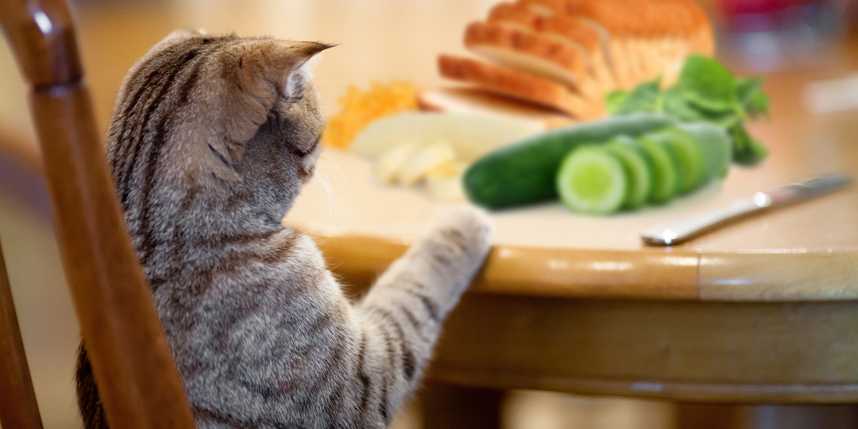
Whether cooked or raw, the primary difficulty in providing homemade food is ensuring nutrient adequacy. This means that the complex requirements of certain nutrients are managed in certain proportions, and the total diet is balanced. Getting one nutrient or quantity wrong can have a big impact on other nutrients. There are increasing reports of health concerns associated with home-cooked, nutritious meals. Adults are at greater risk, but so are children.
Homemade diets usually don’t pass feeding studies (which look at how well the pet usually stays for several years) or even laboratory tests that prove they support the lifespan for which they were designed. Cats in particular have very unique needs, and many recipes are available from unknown or dubious sources.
Chemical analysis of home-prepared food is one of the best ways to understand if a food is suitable for a pet, and the level of individual nutrients can be compared with the prescribed requirements. (For Europe, these are termed the NRC Nutrient Requirements of Dogs and Cats.)
The best advice is to follow your veterinarian’s instructions if you want to feed your pet a home-prepared diet. Your veterinarian will be able to get assistance from the nutrition services at the Royal Veterinary College or Edinburgh Vet School, which have specialized nutrition software to help create recipes that are nutritionally adequate.
Importance of proper nutrition
Proper nutrition is essential for a cat’s health and wellbeing. A balanced diet can help prevent obesity, diabetes, and other health issues. It is important to provide cats with a variety of nutrients, including protein, fiber, vitamins, and minerals.
Homemade cat food
Making homemade cat food can be a great way to ensure that your cat is getting a balanced diet. However, it is important to consult with a veterinarian or animal nutritionist to ensure that the food meets your cat’s specific nutritional needs. Homemade cat food should include a source of protein, such as cooked chicken or fish, as well as vegetables and grains.
Is Homemade Cat Food Cheaper?

How to make food for cats at home? And is homemade cat food cheap? Yes, pet owners can save money by making their own cat food, but the cost of cooking varies. Although homemade cat food may be less expensive, it is not at all safe. If pet owners do not consult a nutritionist, it is better to resort to commercial feeding. After dry kibble, wet food is the next best option. Although expensive, wet or canned cat food is the best choice for your kitten friend.
Why is it wet? Cats need food with a lot of moisture. Pet food cans range from 60% to >87% moisture content. The water content ranges from 3% to 11% in dry pet feed and from 25% to 35% in semi-moist food. As a result, the Merck Veterinary Manual states that pets that eat mostly canned foods consume less water than pets that eat mostly dry foods.
Do I Need to Add Supplements to Homemade Cat Food?
Lorem ipsum dolor sit amet, consectetur adipiscing elit. Ut elit tellus, luctus nec ullamcorper mattis, pulvinar dapibus leo.
